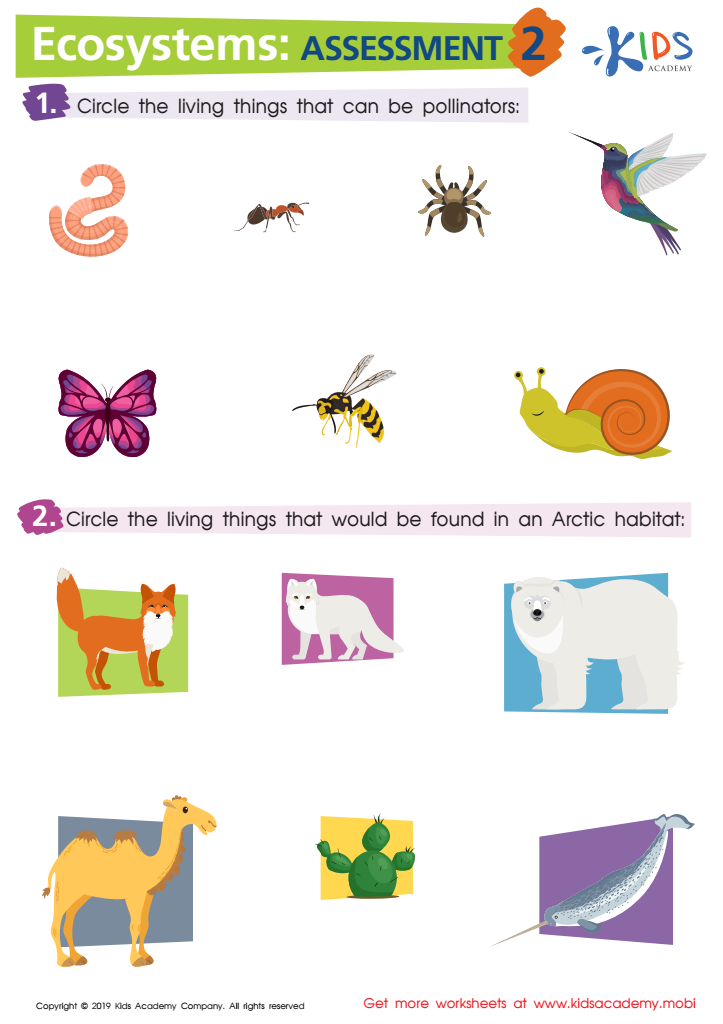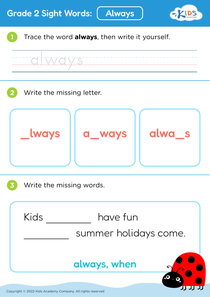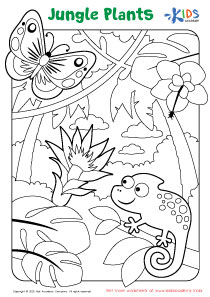Second Grade Knowledge Check: Printable Worksheets for Learning About Plants and Animals at Kids Academy
1 filtered results
-
From - To


Ecosystems: Assessment 2 Worksheet
The integration of Plants and Animals Worksheets Activities With Answers for Grade 2 into the educational curriculum offers a multitude of benefits for young learners. At this crucial developmental stage, second graders are naturally curious about the world around them, making it the perfect time to introduce structured learning tools that not only quench their thirst for knowledge but also enhance their understanding of fundamental biological concepts.
These worksheets serve as an engaging way to learn about the similarities and differences between plants and animals, their life cycles, and the environments in which they thrive. By actively participating in these activities, students can develop a deeper appreciation for nature and the interdependence of living organisms. The inclusion of answers aids in immediate feedback, allowing students to self-correct and understand their mistakes, fostering a growth mindset and enhancing learning retention.
Moreover, Plants and Animals Worksheets Activities With Answers for Grade 2 are designed with young learners in mind, featuring age-appropriate language and captivating illustrations that make learning fun and accessible. These worksheets encourage critical thinking and inquiry-based learning by prompting students to ask questions, seek out answers, and apply what they've learned in practical, real-world contexts.
The hands-on approach of these activities not only aids in the retention of information but also helps in developing fine motor skills as students cut, paste, and draw to complete their worksheets. Additionally, these activities can be done both individually and in groups, promoting collaborative learning and improving social skills as students discuss their findings and work together to complete tasks.
In conclusion, Plants and Animals Worksheets Activities With Answers for Grade 2 are an invaluable resource for educators and parents alike. They provide a structured yet flexible approach to learning that is both educational and entertaining, ensuring that students not only acquire essential scientific knowledge but also develop a lifelong love for learning about the natural world.
 Assign to My Students
Assign to My Students















